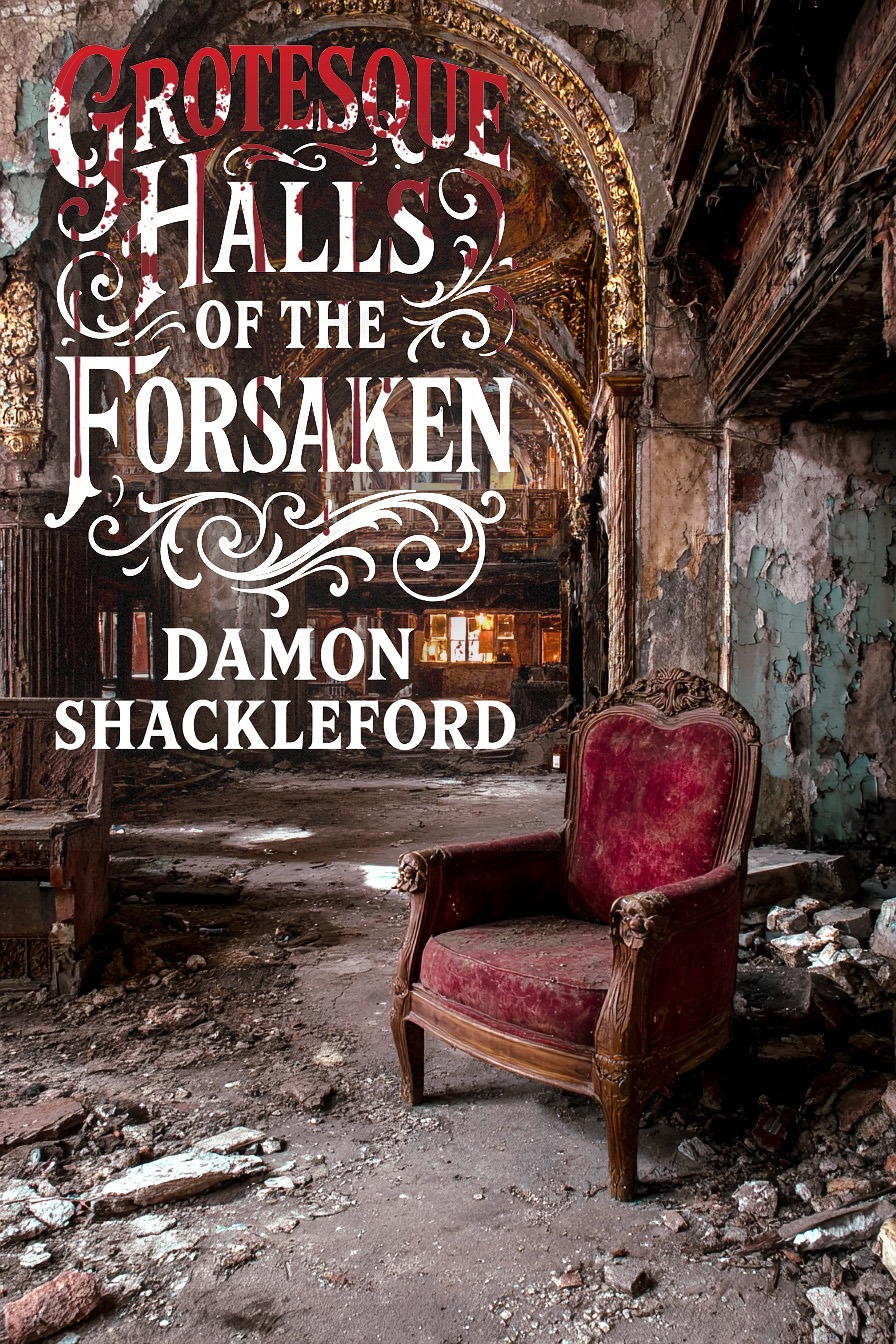Para quienes disfrutan del horror atmosférico con arquitectura huidiza y pactos de pueblo, esta novela suena a un cruce entre Brian Evenson y Gemma Files, con ecos de folclore del Medio Oeste y archivos que supuran. El tramo medio podría ir más ágil, pero la mezcla de película antigua, túneles pluviales y dilemas éticos deja un poso frío y memorable.
After his excommunicated aunt dies, city building inspector Jonah Kells returns to Graybridge, Wisconsin, to assess the derelict Barrow House, a Gilded Age hotel perched over storm tunnels locals call the Grotesque Halls. He is joined by Mira Patel, a museum conservator hired by the council, and Eris Kells, his runaway niece who refuses to go back to Milwaukee. Once famed for miracle cures and riverfront balls, the hotel groans at night like a ship; stairwells change pitch, wallpaper peels in patterns that look like maps, and a locked chapel smells faintly of brine.
While tracing old wiring, they pry open a panel behind a smoke-dark fresco of St. Dymphna and uncover a nickel-plated case holding a hand-cranked kinetoscope and reels labeled "Vespers." In the flicker, architect August Barrow staggers through a banquet hall drenched in something black. A bound figure is walked into a narrow cavity and the wall is mortared shut, then a circle of townsmen signs a covenant as the lens trembles. The film snaps, the machine coughs, and the flicker throws a different shadow than the three of them make. Jonah must decide whether to have the place condemned and let it burn clean, or descend into the tunnels to name what was bricked away and what still answers the river bells.
